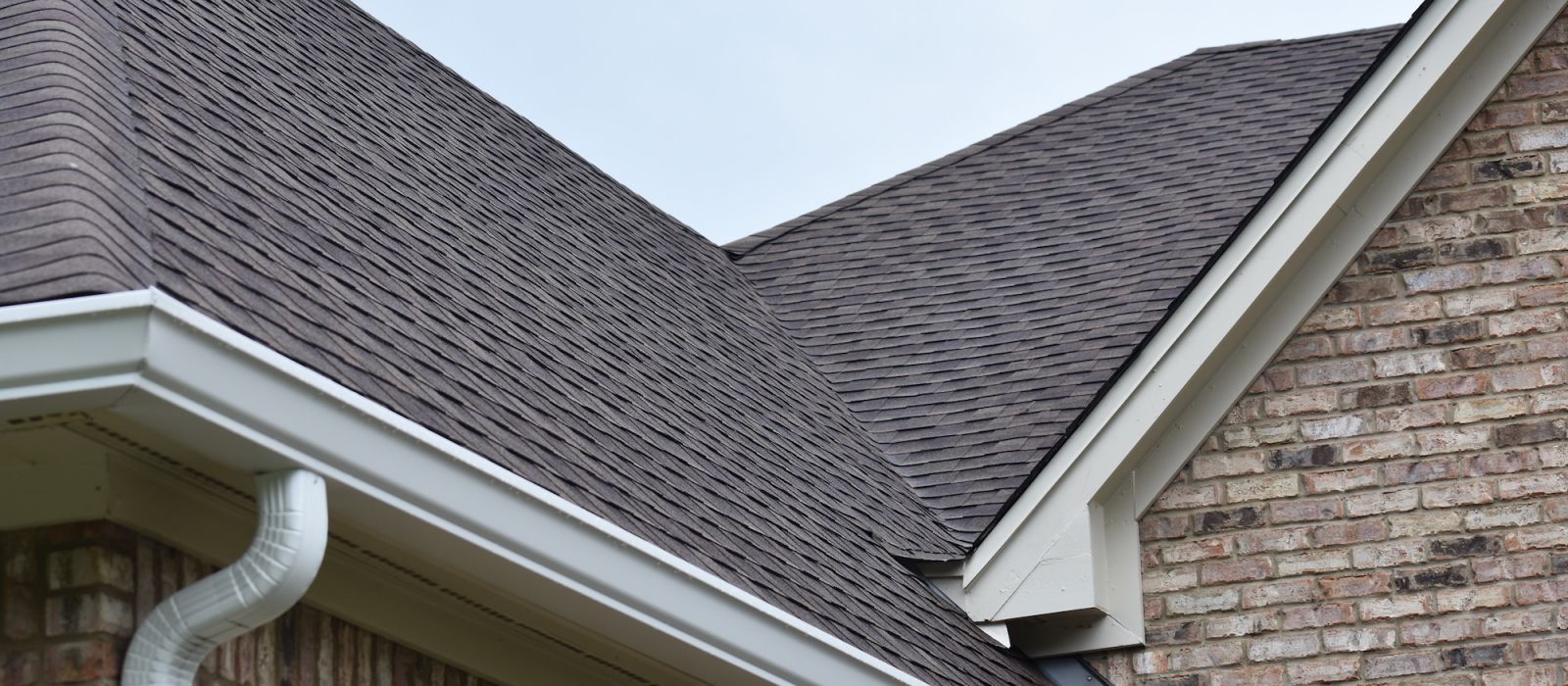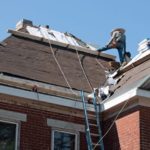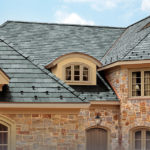It’s been an exceptionally mild winter in Maryland, and it looks like we’re in for an early spring! Get out and enjoy the warmer weather and the early spring flowers and foliage— just don’t forget to take stock of your home and property while you’re out there.
Just because Marylanders didn’t have to deal with a blizzard during the winter doesn’t mean your home— especially the often-forgotten roof— wasn’t affected. Even if winter’s rain and winds didn’t cause your roof serious damage, you should still do a walk-around to catch any minor issues that could cause greater damage down the road.
General Wear and Tear
Start your spring survey by checking for things like rust on your gutters or areas of your roof that seem to be sagging. These tend to be large areas that are easy to spot from the ground.
Gutters and Downspouts
No matter how clean your gutters were when you winterized last October, chances are rain and wind have filled them up again with dried-up leaves and other debris. Clean, functional gutters are the key to your roof’s drainage system. Efficient water run-off protects your soffits, siding, and shingles from damage, so make it a priority to unclog them completely.
After you’ve cleaned out the visible debris from your gutters, move on to an equally important part of your home’s drainage system— your downspout. Try using a hose or a plumbers snake for hard-to-reach areas.
Once your gutters and downspouts are clean and clear, check your roof’s drainage system for additional damage, including missing fasteners, holes, and areas that may be sagging.
Inspect the Shingles
No matter what they’re made of, the shingles that cover your roof are critically important to the integrity of your roof. Save “walking your roof” for the professionals, but you can usually see the following issues with your roof easily from the ground:
- Missing Shingles. Have these replaced immediately. A missing shingle can result in a weak spot in your roof, causing it to leak and exposing it to damage like rot and mold.
- Buckling Shingles. If the framing underneath your shingles retains moisture, the shingles on top can shift or buckle. Replace these right away, as they have the potential to tear or crack, causing serious damage to your roof.
- Curling Shingles. Shingles that have been installed improperly will begin to curl at the edges. Have these fixed promptly to avoid further damage.
- Blistering Shingles. When moisture gets trapped inside a shingle, a blister develops that can easily burst, causing damage to the roof’s infrastructure. Unlike most problems with your shingles, blistering can be hard to spot from the ground. Consider arranging for an annual, professional inspection to catch any blisters that may have developed on your roof’s shingles.
- Stained Shingles. See any streaking or stains? Either of these usually means that your roof’s ventilation system is damaged, or there’s a leak somewhere else. Even if you’re an accomplished DIYer, think twice before tackling this repair. Contact a professional roofer.
Evaluate for Mold
If you catch mold or mildew early— before they seep into your roof’s foundation— simple remedies like zinc or lead control strips usually contain the problem. If mold has spread, or is covering a large area, call a roofing professional to contain the problem. Don’t delay, as mold that spreads to the interior of your home can be dangerous to you, your family, and your pets.
Trim Branches
Overgrown vegetation and hanging tree limbs threaten the integrity of your roof. This is a much easier job in the spring when trees are just beginning to “leaf out”, as opposed to summer and early fall when they are likely to be in full bloom. Keep them trimmed back if you have the knowledge and the equipment. If not, don’t take a chance— there are professional services that can take care of this for you at far less risk to your life and limb. (Cutting back branches will also reduce the amount of time you spend cleaning leaves out of your gutters in the future.)
Check from the Inside Out
Go into your attic and look up. If you can see any light anywhere, you have a hole somewhere there shouldn’t be. Assess for any water damage and mold/mildew growth. Mold and mildew have a particular smell, so survey with that sense, too— even if you don’t see anything, that telltale smell might mean something is amiss that you can’t see. Call the professionals for a more thorough inspection
Some people may be able to work through this list on their own. However, many will prefer to call in the professionals. Bringing in the experts can make the process more efficient and thorough. At PJ’s Roofing, we have the expertise and experience to provide you with a comprehensive inspection, followed up with any repairs needed. Call us today and start a tradition of an annual roof inspection.













